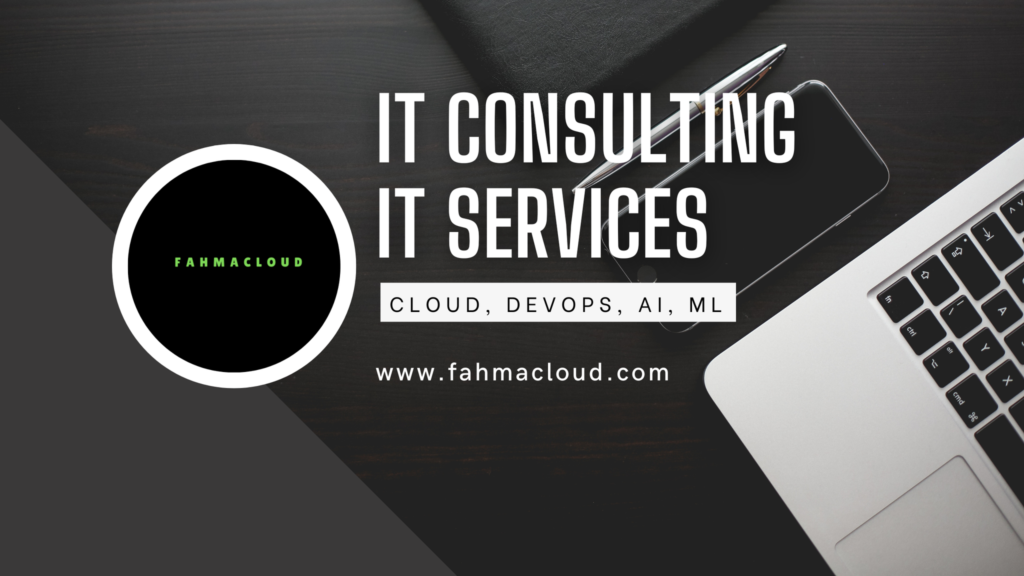Cloud cost optimization isn’t a one-time task, it’s an ongoing process. The goal is straightforward: run workloads that deliver real business outcomes while keeping costs under control and maximizing ROI.
Here’s how I approach helping any company save on their cloud bill:
1. Treat cost awareness like a core function
Just like security or operations, cost management requires dedicated time, resources, and processes. It’s not something you can set and forget. Teams need visibility into spend, accountability, and ongoing measurement to stay on top of costs.
2. Pay only for what you use
Unused or idle resources are wasted money. Simple practices, like turning off development or test environments after hours, can save up to 75%. Right-sizing workloads and leveraging auto-scaling ensures you’re only paying for what you actually consume.
3. Track business output versus cost
Understanding the relationship between what you spend and what you get in return is critical. Track the ROI of workloads and projects, invest more where the impact is high, and optimize or cut what isn’t delivering value.
4. Let AWS handle the heavy lifting
Cloud providers offer tools to manage infrastructure efficiently. By leveraging managed services, automation, and serverless architectures, teams can focus on serving customers instead of manually managing every resource.
5. Tie costs directly to workloads and owners
Assigning cost accountability to specific teams or projects creates transparency. When owners can see the direct financial impact of their workloads, they’re motivated to optimize usage and reduce waste.
For me, cloud cost optimization comes down to financial discipline + technical best practices. It’s not just about cutting bills, it’s about extracting real value from your cloud investments.
What’s one cost-saving practice your team uses regularly? I’d love to hear what’s working in real-world scenarios.
Need help starting with your cloud optimization framework? FahmaCloud can help you with confidence. Contact Us Today.

